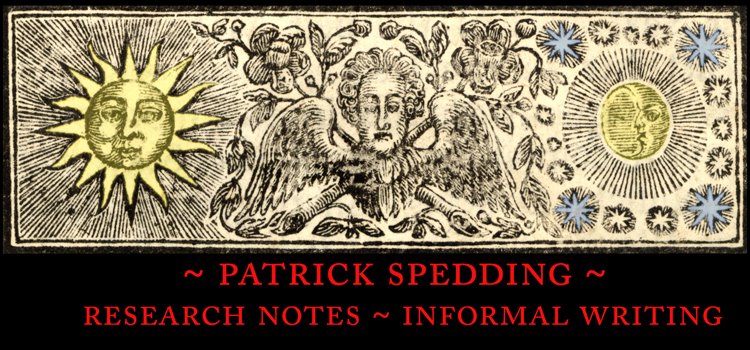Bibliothèque Britannique, ou Histoire des Ouvrages des Savans de la Grande-Bretagne is one of the lesser-known eighteenth-century French journals which reviewed English books for French readers. It has also been one of the less accessible French journals, as Frank Beckwith explained in 1933 in an article in
The Library. (F. Beckwith, "The
Bibliotheque Britannique, 1733-47,"
The Library, 4th ser., 12 (1931): 75–82.)
In 2008, however, runs of the journal from a range of libraries began to appear on Google Books and now there are multiple copies of every issue freely available. The contributing libraries, and the date of contribution, are: Oxford University (October 2006); Princeton University (July 2008); Ghent University (November 2008); University of Madrid (July 2009); University of Lausanne (October 2009); Lyon Public Library (April 2011); Bavarian State Library (September 2011), Austrian National Library (October 2011).
Unfortunately, Google Books suck at cataloguing, so I have made the following list to simplify the task of finding a copy of each quarterly issue. When I recently made a similar finding-list of volumes of
American Book-Prices Current etc (see
here) I was asked why I did not make my list on OpenLibrary.org or Library Thing. The simple answer is, I don't know how; but it is also more convenient for me to put things on my web-log/blog than on another site, and I have greater editorial control here too. Which means, if I ever wanted to provide a link to each copy of each issue contributed by each library, I could.
So, below you will find a link to a copy of each volume (the best I can find online), which is unfailingly two quarterly volumes bound together. Since the first issue of
Bibliothèque Britannique covered April–June and the second July–September, each volume of two quarterly issues (the Premiere et Seconde partie of each Tome) contains either these two quarters (Q2 and Q3) or October–December and January–March (Q4 and Q1). Note, there was a hiatus in production between Q3 1744 and Q2 1746, so that vol.23 spans Q2 1744–Q3 1746.
* * * * *
Tome Premier (vol.1, pt.1–2; Q2,3 1733):
here.
Tome Second (vol.2, pt.1–2; Q4,1 1733–34):
here.
Tome Troisieme (vol.3, pt.1–2; Q2,3 1734):
here.
Tome Quatrieme (vol.4, pt.1–2; Q4,1 1734–35):
here.
Tome Cinquieme (vol.5, pt.1–2; Q2,3 1735):
here.
Tome Sixieme (vol.6, pt.1–2; Q4,1 1735–36):
here.
Tome Septieme (vol.7, pt.1–2; Q2,3 1736):
here.
Tome Huitieme (vol.8, pt.1–2; Q4,1 1736–37):
here.
Tome Neuvieme (vol.9, pt.1–2; Q2,3 1737):
here.
Tome Dixieme (vol.10, pt.1–2; Q4,1 1737–38):
here.
Tome Onzieme (vol.11, pt.1–2; Q2,3 1738):
here.
Tome Douzieme (vol.12, pt.1–2; Q4,1 1738–39):
here.
Tome Treizieme (vol.13, pt.1–2; Q2,3 1739):
here.
Tome Quatorzieme (vol.14, pt.1–2; Q4,1 1739–40):
here.
Tome Quinzieme (vol.15, pt.1–2; Q2,3 1740):
here.
Tome Seizieme (vol.16, pt.1–2; Q4,1 1740–41):
here.
Tome Dix-Septieme (vol.17, pt.1–2; Q2,3 1741):
here.
Tome Dix-Huitieme (vol.18, pt.1–2; Q4,1 1741–42):
here.
Tome Dix-Neuvieme (vol.19, pt.1–2; Q2,3 1742):
here.
Tome Vingtieme (vol.20, pt.1–2; Q4,1 1742–43):
here.
Tome Vingt-Unieme (vol.21, pt.1–2; Q2,3 1743):
here.
Tome Vingt-Deuxieme (vol.22, pt.1–2; Q4,1 1743–44):
here.
Tome Vingt-Troisieme (vol.23, pt.1–2; Q2 1744, Q3 1746):
here.
Tome Vingt-Quatrieme (vol.24, pt.1–2; Q4,1 1746–47):
here.
Tome Vingt-Cinquieme [Index volumes] (vol.25, pt.1–2; 1747):
here.
[UPDATED 9 September 2013]

